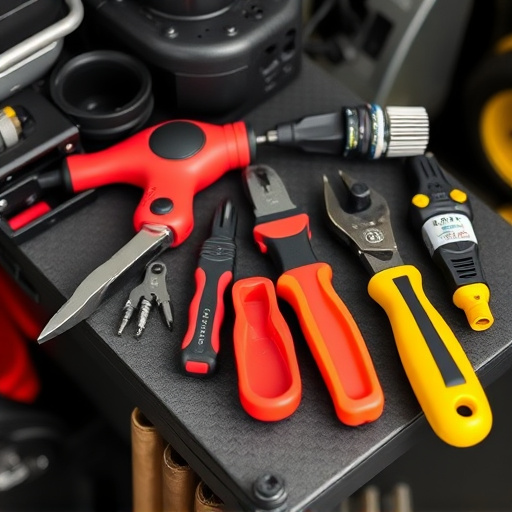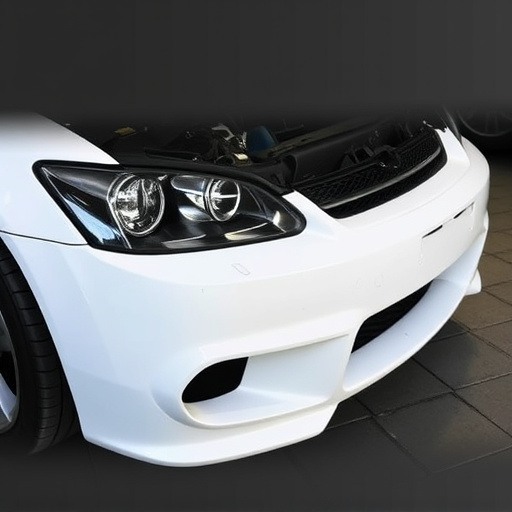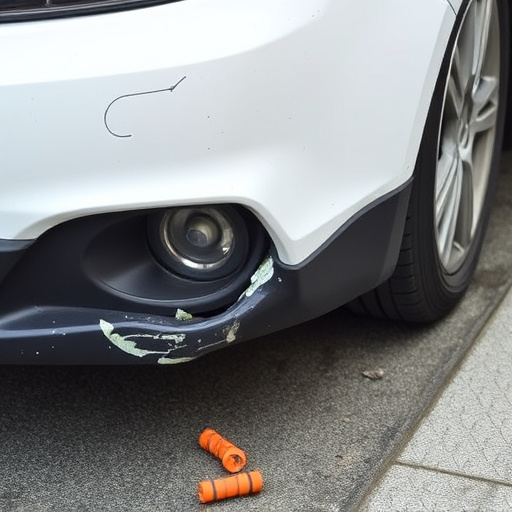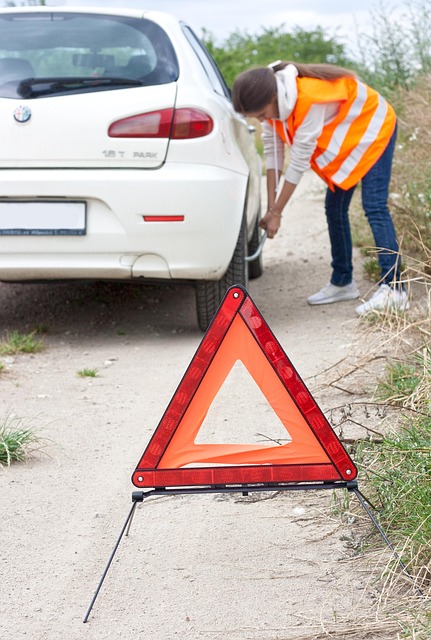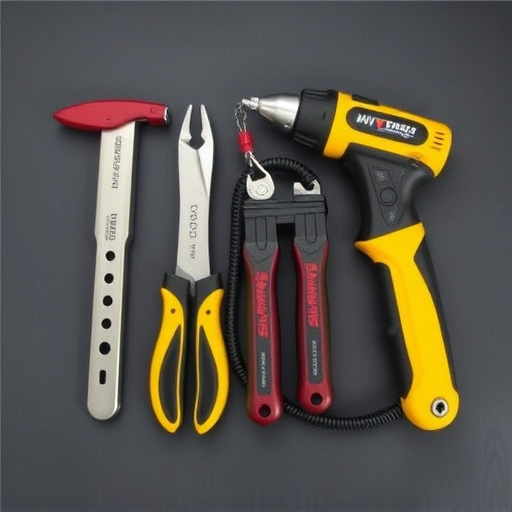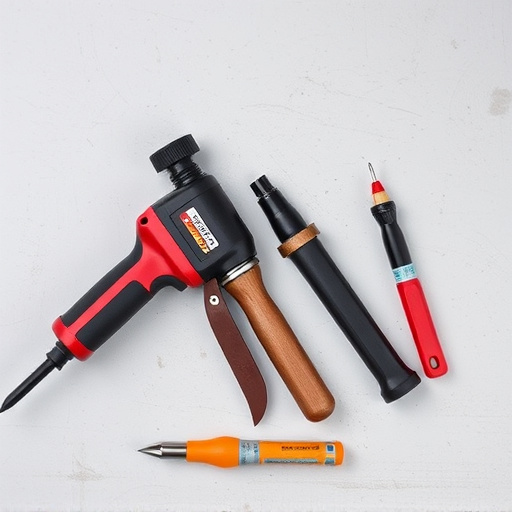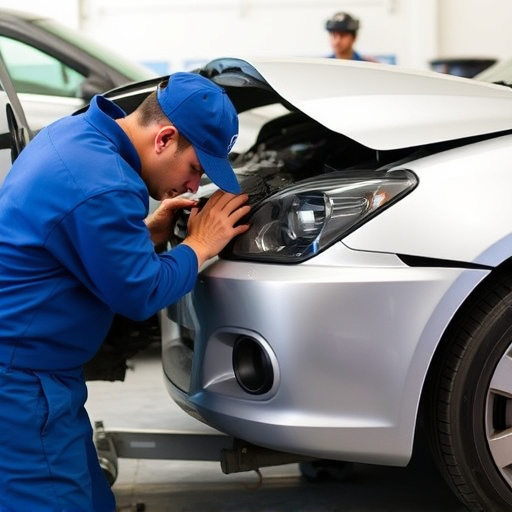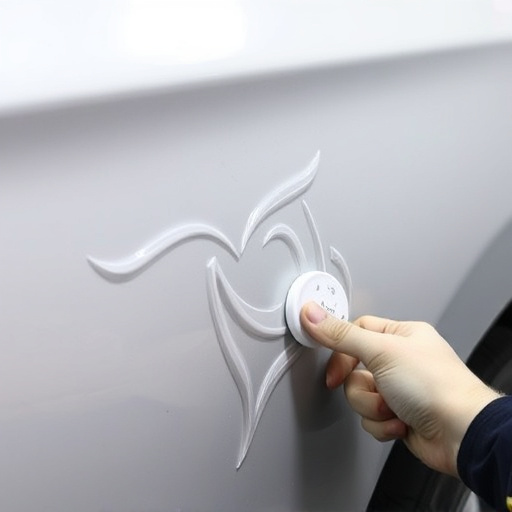Mercedes gap measurement is a critical component of vehicle maintenance, focusing on vertical and horizontal clearances for suspension, wheels, and tires. This dual-check system ensures stability, precision steering, and optimal performance, particularly in high-end Mercedes models. Proper gap measurement prevents issues like uneven tire wear, handling problems, and hail damage, maintaining the vehicle's integrity and dynamic driving experience over time. Regular checks of both vertical (underbody to road surface) and horizontal (stability during bodywork) clearances are essential for safe and smooth Mercedes operation.
Mercedes gap measurement is a critical aspect of vehicle maintenance, ensuring optimal performance and safety. This comprehensive guide delves into the essentials of Mercedes gap measurement, focusing on both vertical and horizontal clearance checks. Understanding these basic principles is vital for drivers to maintain tire-road contact, navigate obstacles, and preserve their vehicle’s stability. By adhering to these practices, folks can ensure their Mercedes remains a testament to precision engineering in today’s digital era.
- Understanding Mercedes Gap Measurement: The Basics
- Vertical Clearance Check: Ensuring Safe Tire-Road Contact
- Horizontal Clearance Checks: Navigating Obstacles and Maintaining Stability
Understanding Mercedes Gap Measurement: The Basics
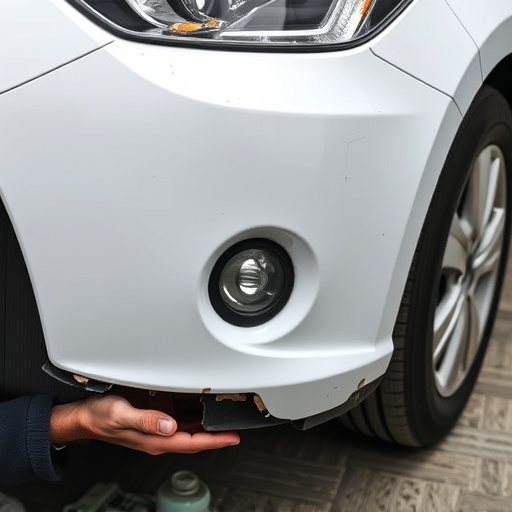
Mercedes gap measurement is a critical aspect of ensuring safe and efficient vehicle operation. It involves checking both vertical and horizontal clearances to guarantee that all components, from suspension systems to wheels and tires, are properly aligned and functioning optimally. This dual-clearance approach is essential for maintaining stability, steering precision, and overall performance, especially in the case of luxury vehicles like Mercedes, known for their sophisticated engineering and dynamic driving experiences.
Understanding these clearances is key to effective vehicle repair and maintenance, particularly when addressing collision damage repair or routine service for high-end cars. Proper gap measurement ensures that any adjustments made during repairs are precise, minimizing the risk of future issues such as uneven tire wear, poor handling, or increased likelihood of another collision. For owners of luxury vehicles, such as those from the Mercedes stable, entrusting these measurements to skilled technicians is vital for preserving the vehicle’s integrity and performance over its lifetime.
Vertical Clearance Check: Ensuring Safe Tire-Road Contact
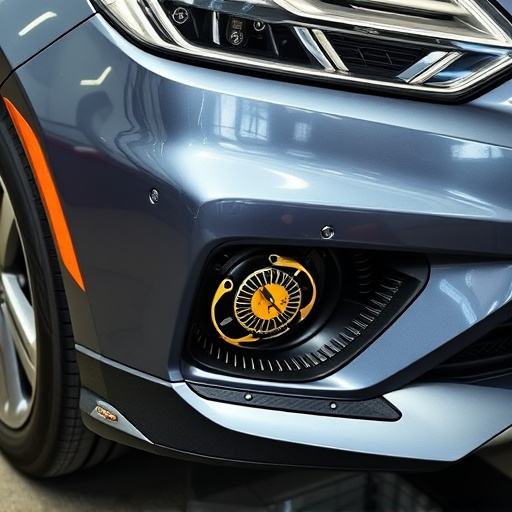
Vertical clearance check is a critical aspect of Mercedes gap measurement, ensuring that tires maintain safe contact with the road surface. This process involves inspecting the space between the lowest point of your car’s underbody—including the fenders and wheels—and the ground below. Proper vertical clearance is crucial for several reasons. Firstly, it prevents hail damage repair or fender repair costs by keeping your vehicle’s sensitive parts away from potential impact. Secondly, it optimizes tire performance, ensuring maximum grip and traction on different road conditions.
By maintaining adequate vertical clearance, you also indirectly contribute to the overall aesthetic of your Mercedes. Proper alignment ensures that car paint services won’t be needed as frequently due to contact with obstacles or rough terrains. This check is particularly important for low-riding vehicles, where even a slight misalignment can result in significant issues. Therefore, it’s essential to include vertical clearance checks as part of regular vehicle maintenance to keep your Mercedes running smoothly and safely.
Horizontal Clearance Checks: Navigating Obstacles and Maintaining Stability

Horizontal Clearance checks play a vital role in Mercedes gap measurement, ensuring your vehicle maintains stability and navigates obstacles with ease. As you adjust the suspension or align wheels during a car restoration or bodywork services, it’s crucial to verify the distance between the vehicle’s edges—including doors, fenders, and chassis—and surrounding objects. This is particularly important when dealing with tight spaces or low-hanging branches, where even a small misalignment can cause significant damage to your Mercedes or nearby structures.
By employing paintless dent repair techniques, you can accurately measure these clearances without altering the vehicle’s original finish. This meticulous process involves skilled technicians who use specialized tools and knowledge of car bodywork services to assess and adjust clearances, guaranteeing both safety and aesthetic integrity for your Mercedes.
Mercedes gap measurement involves crucial vertical and horizontal clearance checks. By understanding these basics, drivers can ensure safe tire-road contact, navigate obstacles effectively, and maintain vehicle stability. Implementing these practices is essential for optimal Mercedes performance and safety on the road.

